Known for its magnificent leaves, Anthurium metallicum can be the talk of the home decor aesthetic with its leaf blades that are velvety dark green with distinct veining.
A low-maintenance plant that offers beauty with little care can be tempting for anyone.
Anthurium metallicum prefers bright indirect sunlight with temperatures ranging between 60 and 73°F, humidity above 60%, and monthly fertilization with waterings when the top 25% of soil dries out. Metallicum requires annual pruning and re-potting.

Despite the easy care tips, there are some things to keep in mind for its proper growth and flowerings.
Continue reading to learn about the complete care guide on Anthurium metallicum along with the different ways of propagation, various problems, and their solutions.
Table of Contents Show
Overview of Anthurium Metallicum
Anthurium metallicum is a long thin strap-leaved Anthurium originating from Colombia. They are a rare ariod.
The general overview of Anthurium is given in the table below:
| Scientific Name | Anthurium metallicum |
|---|---|
| Family | Araceae |
| Origin | Colombia |
| USDA | Hardiness Zones 9-11 |
| Nature | Herbaceous evergreen Chamaephytes or epiphytes |
| Growth | Height up to 200cm Spread up to 100-150cm |
| Flower | Green, purplish violet near the base, purplish violet to red near the apex Spathe dark pink to red - 15 to 21 cm long |
| Foliage | Evergreen Gorgeous velvety goodness. The leaves are thicker with a silky touch to it. |
| Toxicity | Toxic to human and pets Presence of calcium oxalate crystals in sap |
Where to buy Anthurium Metallicum?
Want to get yourself an Anthurium metallicum but are not sure where to get it?
You can get them in your nearest nurseries or get them from online stores. Here are some of the stores listed for you to make your buying easy.
| Plant Stores | Prices |
|---|---|
| Etsy | USD 125 |
| Carnivero | USD 225 |
| Ecuagenera | USD 95 |
Do you want to buy other houseplants too? Read on: 10 Best Places to Buy Orchids Online
Anthurium Metallicum: Complete Care
Although Anthuriums are low-maintenance plants, you can optimize some of the parameters to promote healthy growth.
Here is a one-by-one discussion on all the care requirements of your Anthurium Metallicum plant.
1. Indirect Sunlight and Suitable Location
Anthurium metallicum does not do well with direct hot sunlight. Instead, it prefers indirect sunlight, which can be medium to bright in illumination.
Further, avoid direct sunlight as it can burn the foliage and flowers.
You need to provide 6-8 hrs of indirect sunlight to the metallicum so that it can easily maintain its proper growth.
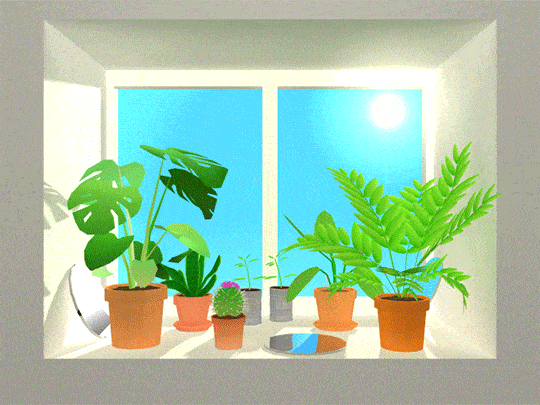
Low light slows the growth of flowers, resulting in fewer, smaller blooms. On the other hand, bright light encourages the overall development of the plant and the flowers.
Thus, a balance in the brightness of the indirect sunlight is the key to how you want the blooms to grow.
You can easily do so by keeping in the shade near a window with curtains so that adjusting the radiance is not much of a hassle.
Symptoms of Low Sunlight
- The entire physiological activity is affected due to obstruction of the photosynthetic process.
- Slow plant growth.
- Looks unappealing and leggy
- Weak and curled leaves eventually fall.
- Loss of green coloring due to low chlorophyll production.
Symptoms of Excessive Sunlight
- Leaves turn dry and crispy.
- Curling of the leaves can follow in time.
- Brown and yellow colors take over the original green-vibrant color of the leaves.
Tips for Getting the Right Light Balance
- An Anthurium planted inside would require 65-80% of the sunshine or at least 5-8 hours of daylight.
- Keeping 3-5 feet away from the northeast-facing window or door is excellent.
- Rotate the pot at the same spot now and again in case you find the plant to have uneven sunlight.
- Keep the plant for at least 6 hrs under the radiance of LED grow lights which can be a reasonable alternative for sunlight during lowlight seasons.
Worried about how much sunlight your other houseplants require? Read on: Monstera Sunlight: How Much and How Often?
2. Frequent Watering
Getting yourself to be familiar with your plant is an essential part of maintaining its care.
It is known that the distinct light and humidity conditions in your house can fluctuate dramatically as the seasons and weather change.
Those fluctuations can decide the needs of your plants in terms of hydration.
In the winter, Anthurium metallicum may only require weekly watering. However, it may demand water every alternative day in the warmer seasons.
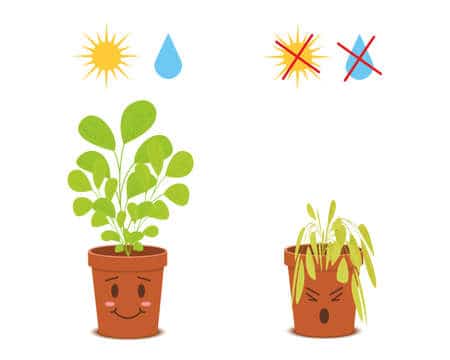
Keep the soil mildly moist during the growing season (April-August), allowing the top layer to dry out between waterings.
Further, develop a habit of checking the moistness of the soil a few times a week by softly pressing a finger against the soil.
However, make sure it is only slightly damp before watering. If the soil feels warm, wait a little longer for it to cool down.
Tips for Treating an Over-watered Metallicum
- Drain excess water from the pot.
- If necessary, re-pot the plant to a newer pot having a hole to avoid further over-watering.
- Keep it under the proper sunlight conditions.
- Remove or cut-0ff the parts that show the sign of rotting and decay.
Yellow foliage, dark brown leaves, and different fungal diseases are all symptoms of overwatering. Additionally, rotted lower stems, limped, fading foliage, and sluggish growth can also be distinctly visible.
Tips for Treating an Under-watered Metallicum
- Allow the plant to consume enough water by letting the root-soil base drown in a pool of water.
- The use of rainwater or distilled water kept at room temperature can be more effective.
On the other hand, underwatering can result in droopy plants and dried brown leaves, which resemble symptoms similar to exposure to direct sunlight.
3. Colder Temperature
Since they grow at high elevations, Anthurium metallicum grows in colder temperatures than other Anthurium plants.
Temperatures between 60-73°F are ideal for Anthurium metallicum (15 to 23°C). They barely survive in temperatures below 55°F (12.7°C).
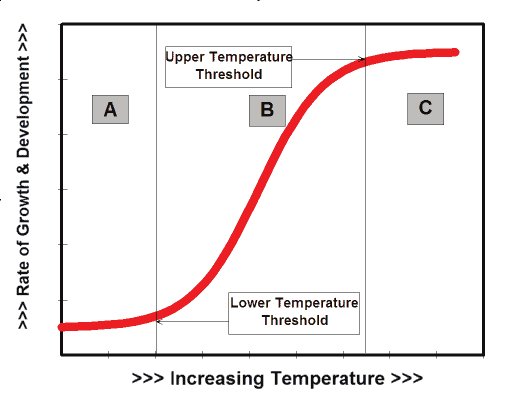
Tips for maintaining Ideal temperature
- Allow the plant to rest some feet away from the windows and vents while it is in the growing period.
- But, in the cooler sessions, make sure the plant is further away from the vents during the night.
- Using insulation techniques to avoid excess cold air.
- You can use fluorescent lights to maintain heat to the plant without any harm.
- However, other artificial vents and devices such as air conditioners, heaters, and coolers are not reliable options to maintain the right temperature during all seasons.
- However, slight air movement is best for your plant’s transpiration, such as an open window on a hot, humid day.
- Check for the soil temperature and moistness regularly and make sure it resides within the ideal temperature specification.
4. High Humidity
One has to take humidity as a major factor while ensuring your Anthurium grows and stays healthy.
Anthurium metallicum favors a highly humid home with a humidity level of at least 60%.
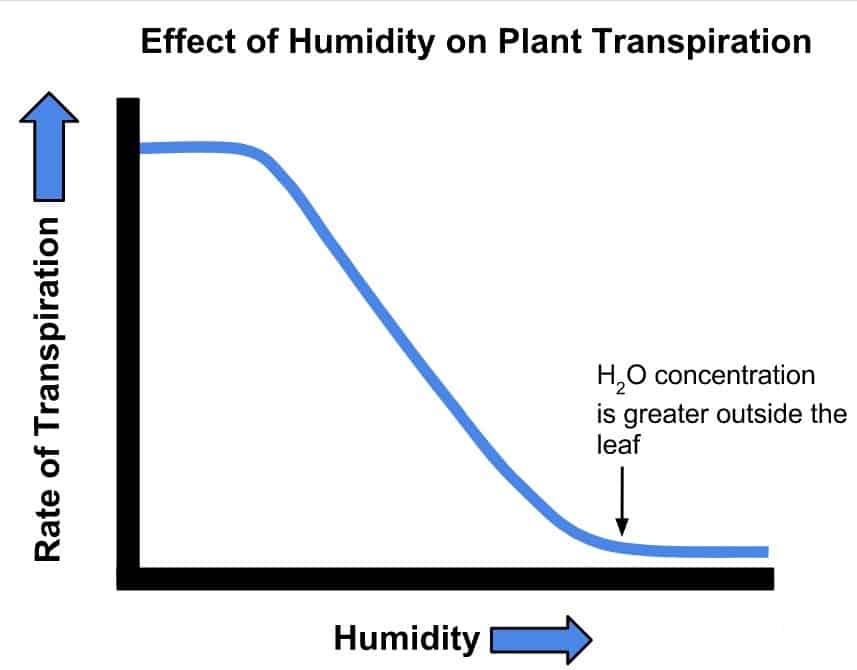
In order to avoid brown borders around the leaves, make sure to maintain enough wetness around the plant.
Hence, you can keep a humidifier near your Anthurium and mist it on a regular basis.
Keep your Anthurium metallicum in a brightly lighted bathroom or near the sink in the kitchen. This way, the plant can reach the required moisture levels.
However, if putting it in the bathroom or close to the kitchen sink isn’t an option, you can keep the pot under a normal pebble tray.
5. Well-Draining Soil
Anthuriums usually prefer something more like an orchid mixture because they grow in tree branches’ moss and leaf litter in their natural habitat.
Anthurium metallicum requires a potting mix that can provide good aeration and moderately moist soil offering good drainage.
Likewise, use a loose, breathable mix of potting soil, peat moss, bark or mulch fragments, charcoal, clay, pumice or perlite, and sphagnum moss.
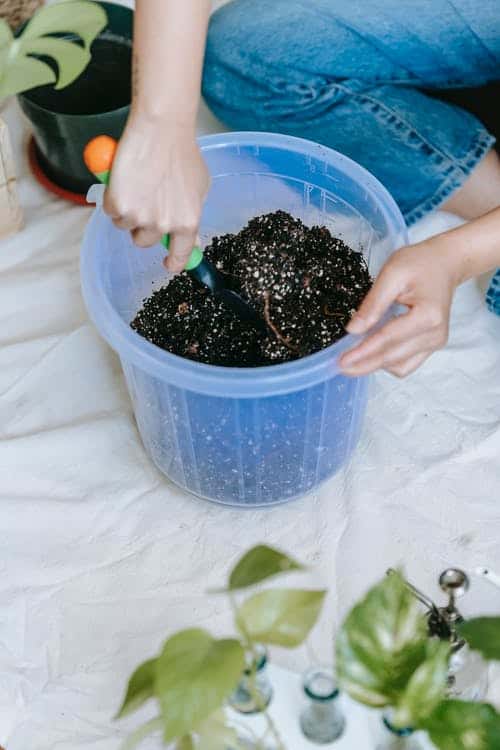
You need to test the moisture of the soil before watering the soil. Make sure to let the soil reach slight dryness in between waterings.
Likewise, you can get any of the following potting mixes for your Anthurium Metallicum.
- Pothos Air Cleaning Plant Soil
- Miracle-Gro Indoor Potting
- Burpee Organic Premium Potting Mix, 8 Quart
- Potting Mix organic
6. Restrained Fertilization
Foremost, keep in mind that Anthurium Metallicum can thrive with simple but sparsely occasional fertilization.
Therefore, the ideal fertilization period is from the end of March to the end of August, targeting the growing season.

The ideal waiting period between two successive fertilization is between 5 to 8 weeks.
Allow the soil to remain unfertilized during the colder months. This allows the soil to revive its natural composition and also the filtering of fertilizer salt build-up, which can be hurtful.
Stop!! Take a peek at your fertilization calendar before adding any fertilizer.
During the fertilization period, do not forget to drain the entire root system with careful and sufficient watering on a routine basis to wash out the excess salt.
If you want your Anthurium metallicum to thrive, use a well-balanced fertilizer. For the leaves to grow healthy and colorful, you can use an indoor plant formula.
| Fertilizers | Features | Image |
|---|---|---|
| Osmocote Smart-Release Plant Food Plus Outdoor & Indoor | No-burn pledge when used as directed |  |
| EcoScraps Slow-Release Fertilizer | Eco-friendly--made with organic matter and recycling materials |  |
7. Growth Habits
Generally, Anthurium metallicum can be characterized as a slow to intermediate grower. You can guide the growth by controlling the environment in which it resides.
As we know, Anthuriums are highly sensitive to environmental changes, and therefore, patience is the key when you want your plant to sprout leaves and mature.
The plant can have a height of up to 7 feet tall under favorable conditions.
Foliage and Flower
The length of the leaves normally ranges between 10 to 20 inches. Also, the foliage tends to become large, broad, and of bright color as it reaches maturity.
Anthuriums can bloom all year if you take good care of them, rewarding you with each bloom lasting 2-3 months.
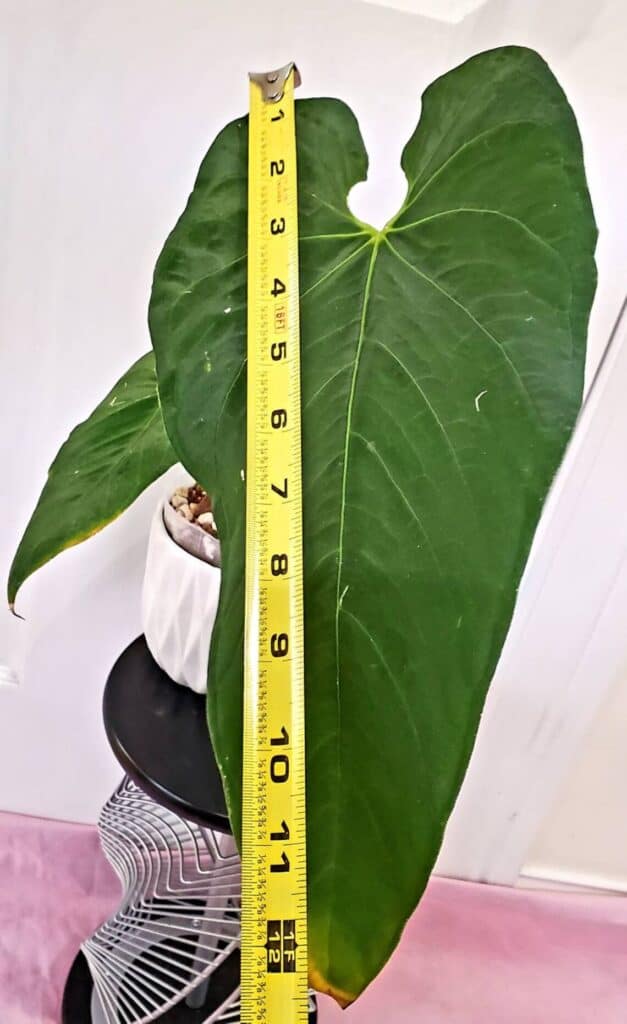
Your Anthurium could produce up to five blooms every year if you can mimic the circumstances in their native environment.
Hence, you can easily assist in the regular blooming process by taking the following things into consideration.
- First is the application of phosphorus-rich fertilizer.
- Choose the position of your Anthurium with care.
- Control the temperature in your home.
- Make sure your Anthurium gets enough water.
- When flowers start to wilt, prune them.
- Re-pot your metallicum every two to three years.
- Remove any brown or dead leaves.
8. Potting and Repotting
For potting your Anthurium metallicum, use potting soil that is similar to the plant’s current potting mix. Anthurium requires a very thin, loose medium with a pH of about 6.5.
Metallicum requires re-potting every two to three years or when they exceed their existing container.
Therefore, when your Anthurium metallicum reaches approximately 20 inches tall in a five-inch diameter container, you need to re-pot it in a larger container.
As a general guideline, the new container’s width should be no more than an inch or two.
Similarly, you need to cover the drainage entrance with a small piece of mesh, a paper towel, or filter paper to prevent potting soil from escaping through the opening.
For the best result, using a combination of two parts orchid mix, one part peat, and one part perlite, or equal amounts of peat, pine bark, and perlite, for example, will help.
Here are the basic steps to re-pot your Anthurium metallicum:
- Before re-potting, take a wait time of a few hrs, during which you water the Anthurium well. It is because a moist lump of soil is much easier to re-pot.
- Slide the Anthurium out of its current pot with care. Tease the compressed rootball lightly with your thumbs to free the roots.
- Place the Anthurium in the pot, then fill in around the root ball with potting soil. Gently firm the potting dirt with your fingers.
- In the new pot, use just enough fresh potting soil to raise the top of the Anthurium’s rootball to roughly an inch or less below the pot’s edge.
- It’s critical to keep the top of the Anthurium’s root ball at the same level as its former pot once more. Planting the plant’s crown too deeply will cause it to decay.
They may wilt slightly after the re-potting is complete. Wait for a few months before adding any fertilizer to avoid plant stress.
Also Watch,
9. Seasonal Pruning
Metallicum pruning is essential on a regular basis to keep the plant healthy and balanced. Some vertical growth emerges from the roots or the lower part of the main stem.
Prune your Anthurium metallicum every growing season to enhance new growth and blooms.
Look for any suckers emerging out of the root base. They need to be pruned immediately because the removal of matured suckers may be damaging to the plant.
The presence of suckers can reduce the size of the bloom.
Do not allow the older leaves to persist on your Anthurium as they may lead to the bending of the plant and growth inhibition.
Steps to Start with the Pruning Process
- Examine your Anthurium plant carefully before beginning to prune from the top down.
- Start by pruning any dead or discoured leaves and even flowers that look unhealthy. This way, the plant can share its energy for overall growth.
- Try removing the older leaves first.
- You can also remove some of the patchy and unattractive-looking leaves to improve the plant’s appearance.
- For a few days, place the plant in a shady location. Do not be concerned if the plant appears to be deteriorating in the first few days.
Pro Tip!! Use high-quality cutting tools to avoid ripping and destroying stems. This avoids making the plant more susceptible to disease and pests.
Between each session, clean the cutting tools to avoid bacterial infection. You can try using rubbing alcohol or a 10% bleach solution.
10. Toxicity of Anthurium Metallicum
The whole Anthurium plant is toxic for pets living in the house.
The main culprit is Calcium oxalate crystals which are present in all parts of the plant.
One of the first symptoms of Anthurium Metallicum poisoning is irritation of the mouth and throat.

If eaten, it produces moderate gastrointestinal problems. The Anthurium plant produces a certain kind of sap that causes skin irritation in various pets.
Common Warning Signals
- Drooling
- Pawing at the mouth or face
- Oral discomfort
- Appetite decreases
- Vomiting
Want to learn more about other houseplants poisoning and the ways to treat them. Read on: What Kind of Lilies is Poisonous to Cats?
How to Propagate Anthurium Metallicum?
Anthurium metallicum is a pretty attractive indoor plant that may attract many admirers and suiters.
You may even want it at multiple locations by yourself in your home. In either case, it is not much of a hassle to propagate the plant and share.
A complete descriptive guide on Anthurium Propagation and simlar other topics for plant buff is now available in Plants Craze.
The stem cutting is one of the best methods to regrow the plant.
Steps you can follow to propagate your metallicum by stem cutting are:
- Firstly, you need to choose a well-matured Anthurium metallicum plant from which you will take a clipping.
- You can use the same scissors that you use to prune the plant and simply cut a length of one stem at least 7 inches long.
- Select a stem that has at least three sets of leaf bunches.
- Find a 10-inch clay pot with holes in the bottom for drainage.
- Fill three-quarters of it with a moist but well-drained potting soil mixture.
- The next step is to make a 2-3-inch-deep hole with the help of any gardening tools like the handle of a garden spade. You can simply use your fingers as well.
- Fill the hollow cavity with more potting soil and place the cut end of the cutting Anthurium firmly all the way into it.
- Remove the lowest leaves of the stem, which strike the ground with your fingertips when they start burying into the soil.
- Do not let the top layer of the soil dry out, and keep watering the plant every other day.
- Place the cutting in a location with plenty of humidity and filtered light.
- Wait for the plant to develop roots, which should take four to six weeks.
When you notice new leaves or the cutting gets taller, you’ll know the roots have expanded.
Also watch,
Common Problems in Anthurium Metallicum
Regardless of the best efforts in giving the right conditions to the Anthurium plant, you may still encounter some difficulties.
Since it is native to a rainforest-like environment, many diseases and difficulties may come on the way as you plant them at home.
1. Common Pest
Anthurium metallicum is a hardy and hardy plant that rarely attracts pests, but it is susceptible to poor growing circumstances, which can lead to a variety of insect issues.
Anthurium metallicum is susceptible to scale, aphids, mealybugs, fungus gnats, and spider mites, among other pests.
Here are a few of Anthurium’s most harmful pests:
| Pests | Symptoms |
|---|---|
| Mealybugs | 1. Mealybugs show as tiny, flat, oval white spots on plant leaves. 2. They have a powdery or fuzzy look as well and leave a white cotton-like residue on the leaves. |
| Thrips | Thrips show along with thrips feces, damaged parts of the plant or dark patches. |
| Spider mites | 1. One of the foremost symptoms is Leaf wilting and dropping, with a yellowish halo. 2. The appearance of freckled leaves is seen. |
| Scales | 1. Leaves with yellow or rust-colored dots can be spotted. 2. On the undersides of the leaves, there are brown rough lumps. |
| Nematode | 1. Nematodes burrow by nature and thus, eat fleshy roots producing root rot. 2. This dampens the growth rate and therefore, the plant shrinks and is less robust. |
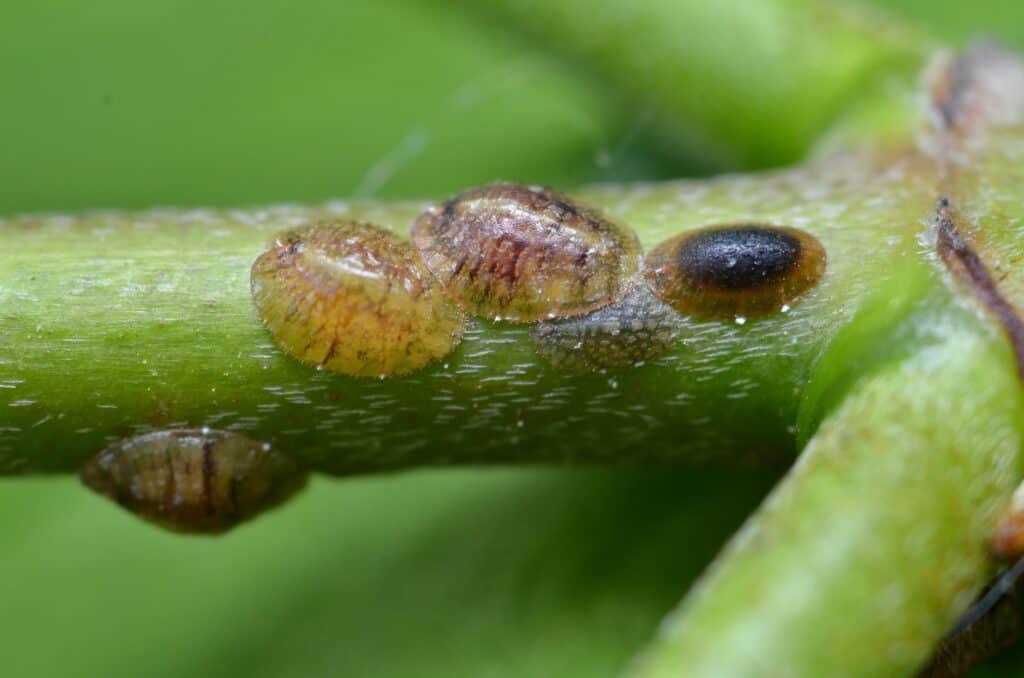
Solutions
- You can remove the pest’s small number in metallicum by handpicking.
- Use a cotton ball soaked in isopropyl alcohol to dab the insects. Use the alcohol after diluting it with an equal portion of water.
- Pests like scales can be scraped off with a blunt knife.
- Remove mealybugs with a strong spray of water. Cover the soil with plastic to prevent over-watering of plants.
- You can spray the soap with water or insecticidal soaps.
- Yellow sticky traps are fruitful for controlling flying pests.
- Neem oil and horticultural oil are organic sprays that can remove pests.
- In case of very high infestation, pyrethrin spray can be beneficial in controlling the pests.
Preventive Measures
- Check and quarantine new plants before adding them to your plant collection.
- Ensure to use pest-free propagating materials and soil mix.
- Wash your plant with clean water once a month to wash off any pests present on the plant.
- Allow proper spacing around the plant so that air can easily circulate.
- Keep the plant healthy to prevent pest infestation.
2. Common Diseases
Even if you keep your Anthurium metallicum in the best possible favorable condition, it might still be vulnerable to some bacterial or fungal infection.
Wounds, cuts, weight imbalances can cause these infections.
Bacterial Wilt
Even if there is sufficient soil moisture, plants will show signs of wilt.
One of the first signs of the disease is yellow foliages.

In order to rid it of the Bacterial Wilt, you should make the plant undergo a thorough disinfection process.
Fungicides do not heal your plant but only get rid of the infecting agent.
But, the ones containing phosphorous acid have also been found to reduce infection successfully.
Bacterial Blight
The pathogens attack Anthurium plants by invading the pores along the leaf edges or from the wounds left after picking flowers.
Pruning can allow bacteria to infiltrate leaf tissues through torn areas.
The earliest visible indicators of bacterial blight are yellowish water-soaked clusters along the leaf margins. This eventually develops into the disease’s typical dead V-shaped lesions.
Because bacteria can swim through damp surfaces, it is critical to keep the foliage dry.
Increase air circulation and ventilation around the plant to reduce humidity and warmth.
Furthermore, you need to discard the plants that are affected as soon as you notice the symptoms.
Phytophthora
Anthurium Metallicum suffers from another type of fungal disease is known as Phytophthora.
This infection mostly affects root systems and can occur even when the soil has enough moisture.
Further, the next part of the plant that suffers is the leaves because they develop black to brown leaf ulcers.
Fungal strands are a rarely seen symptom in Phytophthora infected plants. Therefore, disinfecting the potting pots along with your tools before using them again is a must.
Fungicides are the first go-to in treating Phytophthora. If you find any plant that is beyond restoration, simply remove it.
Root Rot
Another name for this disease is Rhizoctonia Root Rot.
Rhizoctonia attacks the plant’s roots and lowers stems, making them unable to sustain the weight of the plant.
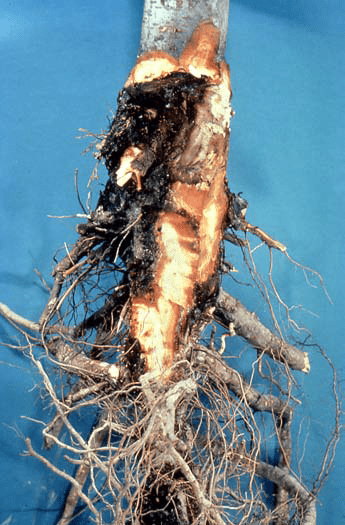
They can also infiltrate and spread through the top leaf canopy in damp conditions.
Rhizoctonia can also get to plants via polluted materials. It is advisable to treat tropical soil thermally before adding it to the potting mix to avoid this disease.
Also, avoid storing potting mixes directly on soil surfaces where the fungus can proliferate.
General Treatment and Preventive Measures against Diseases
- Remove the infected part or isolate the infected plant as soon as the initial symptoms are seen.
- Fungicides containing copper, Benomyl, or Mancozeb are beneficial to treat the infection.
- To maintain healthy rose tissue and prevent botrytis blight and black spots, use a fungicide containing chlorothalonil, the active ingredient in Daconil Fungicide.
- You may also spray Agrimycin to treat bacterial infections.
- Re-potting is the best remedy if the plant is infected with root rot.
- Loosen up the soil mix and increase air circulation around the plant.
- Don’t apply water overhead. It encourages disease infection due to prolonged moisture on leaves.
- Avoid misting the flowers and buds. Also, don’t mist plant at night.
- Always use well-sterilized tools and soil.
Frequently Asked Questions About Anthurium Metallicum
1. How Long does the Anthurium Metallicum plant Live?
Anthurium metallicum can live up to five years or more with proper care and attention.
On the bright side, you can propagate as much metallicum as you wish from a single one.
2. Is Anthurium Metallicum a Good Choice for an Indoor Plant?
Anthurium metallicum is a good choice for an indoor plant because of its high tolerance capacity for excessive heat or excessive colds.
The plant can forgive you a few overwatering or underwatering days too.
Editor’s Perspective
Anthurium metallicum is an easy-growing houseplant that aids your indoor beauty.
The blooms and leaves can do justice to your beautiful living space with uniqueness and freshness. With optimum care, you can grow metallicum and propagate them as well for good.
We hope our article will come in handy with your curiosities and aid you with care tips to improve your plant parenting experience.
Happy Planting!


